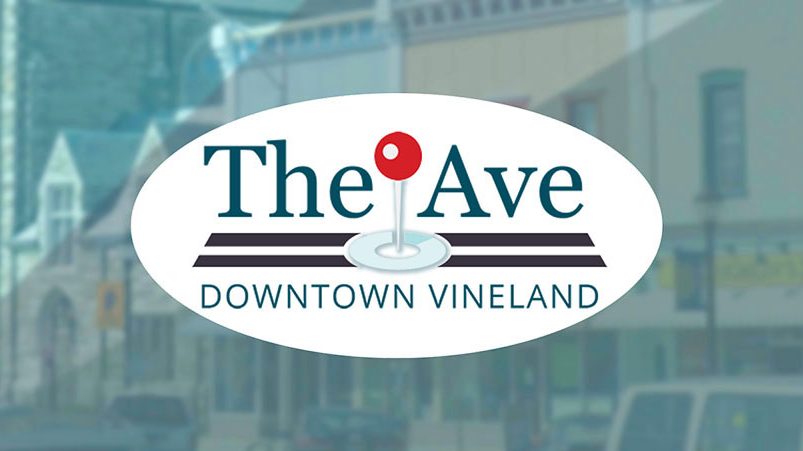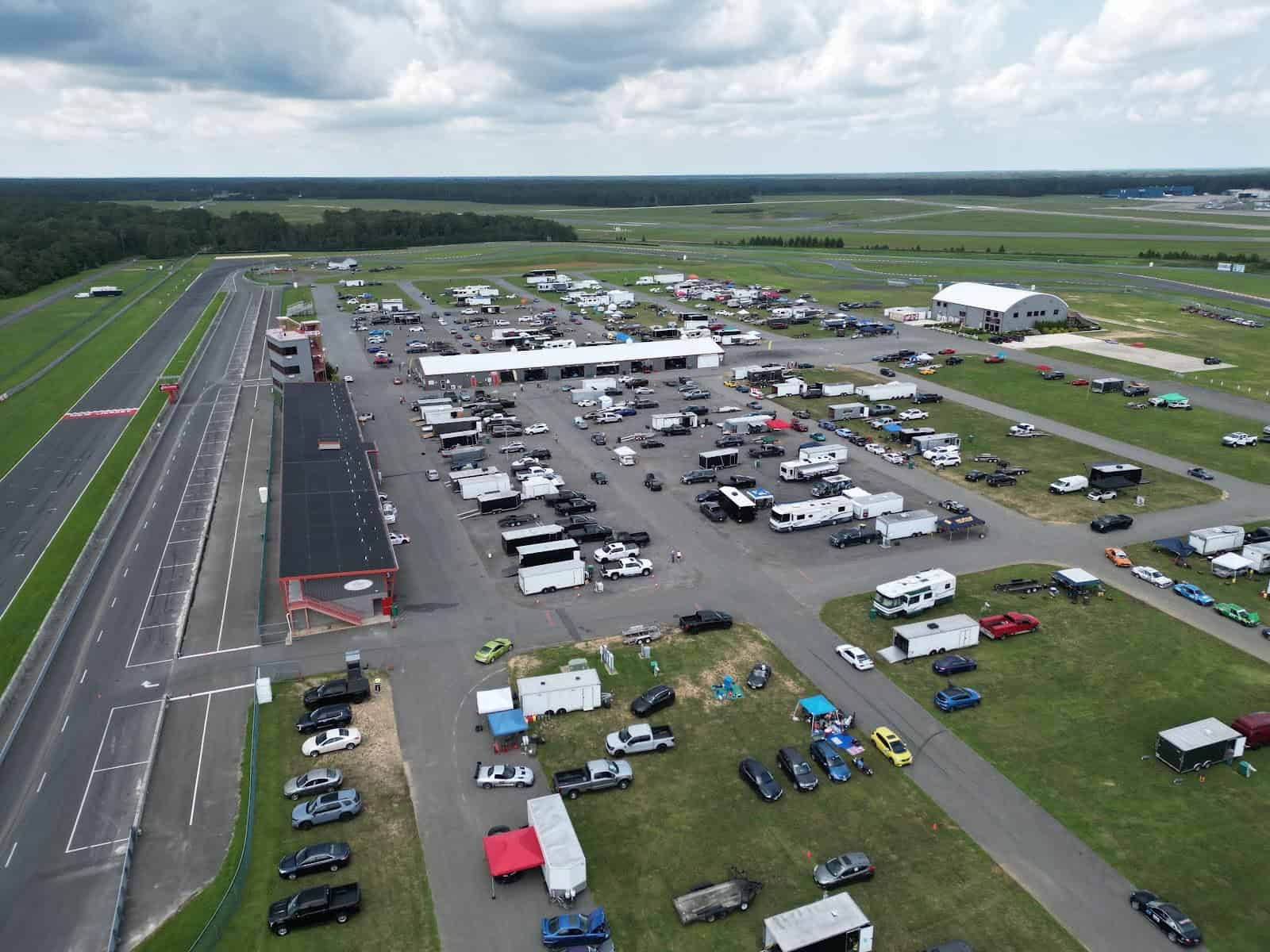Exploring New Trends

 For this week’s column, I thought it might be interesting to review some national trends regarding urban centered downtowns. In recent years, downtown areas around the globe have undergone transformations fueled by a combination of economic, social, and cultural shifts. These urban cores, once known primarily for commerce and business, are evolving into hubs that cater to diverse lifestyles. As we explore some of the new trends shaping the future of downtowns, look this list over and think of how they may (or may not) apply to our downtown here in Vineland.
For this week’s column, I thought it might be interesting to review some national trends regarding urban centered downtowns. In recent years, downtown areas around the globe have undergone transformations fueled by a combination of economic, social, and cultural shifts. These urban cores, once known primarily for commerce and business, are evolving into hubs that cater to diverse lifestyles. As we explore some of the new trends shaping the future of downtowns, look this list over and think of how they may (or may not) apply to our downtown here in Vineland.
Mixed-Use Developments: The traditional model of separating residential, commercial, and recreational spaces is giving way to mixed-use developments. These urban projects seamlessly blend residential apartments, office spaces, retail outlets, and green spaces, creating a more cohesive and walkable environment.
Cultural and Art Districts: Downtowns are increasingly becoming cultural and art hotspots. Cities are investing in the establishment of dedicated art districts, showcasing local talent through public installations, galleries, and performance spaces. This not only adds to the cultural richness but also attracts a diverse crowd.
Sustainable Infrastructure: The push for sustainability is influencing the design and construction of downtown areas. Green roofs, energy-efficient buildings, and pedestrian-friendly zones are becoming standard features. Cities are recognizing the importance of eco-friendly practices in creating resilient and livable urban spaces.
Tech Hubs and Co-Working Spaces: The rise of remote work has led to a re-imagining of downtown office spaces. Tech hubs and co-working spaces are becoming prominent, catering to a new generation of professionals that values flexibility and collaborative environments. This trend is injecting energy and innovation into downtowns.
Community Engagement: Successful downtowns are those that actively engage their communities. Cities are organizing events, markets, and festivals to bring people together. This not only fosters a sense of community but also boosts local businesses and encourages entrepreneurship.
Smart City Integration: The infusion of technology is evident in the development of smart city initiatives. From intelligent traffic management systems to data-driven decision-making, downtowns are leveraging technology to enhance efficiency and improve the overall urban experience.
Bike-Friendly Infrastructure: The emphasis on sustainable transportation has led to the creation of bike-friendly infrastructure in downtown areas. Dedicated bike lanes, bike-sharing programs, and secure parking facilities are encouraging eco-friendly commuting options.
In conclusion, the evolving landscape of downtowns reflects a broader shift in urban living preferences. The focus is now on creating inclusive, sustainable, and dynamic spaces that cater to the diverse needs of residents and visitors alike. As we navigate these new trends, downtowns are poised to play a pivotal role in shaping the future of our cities.








